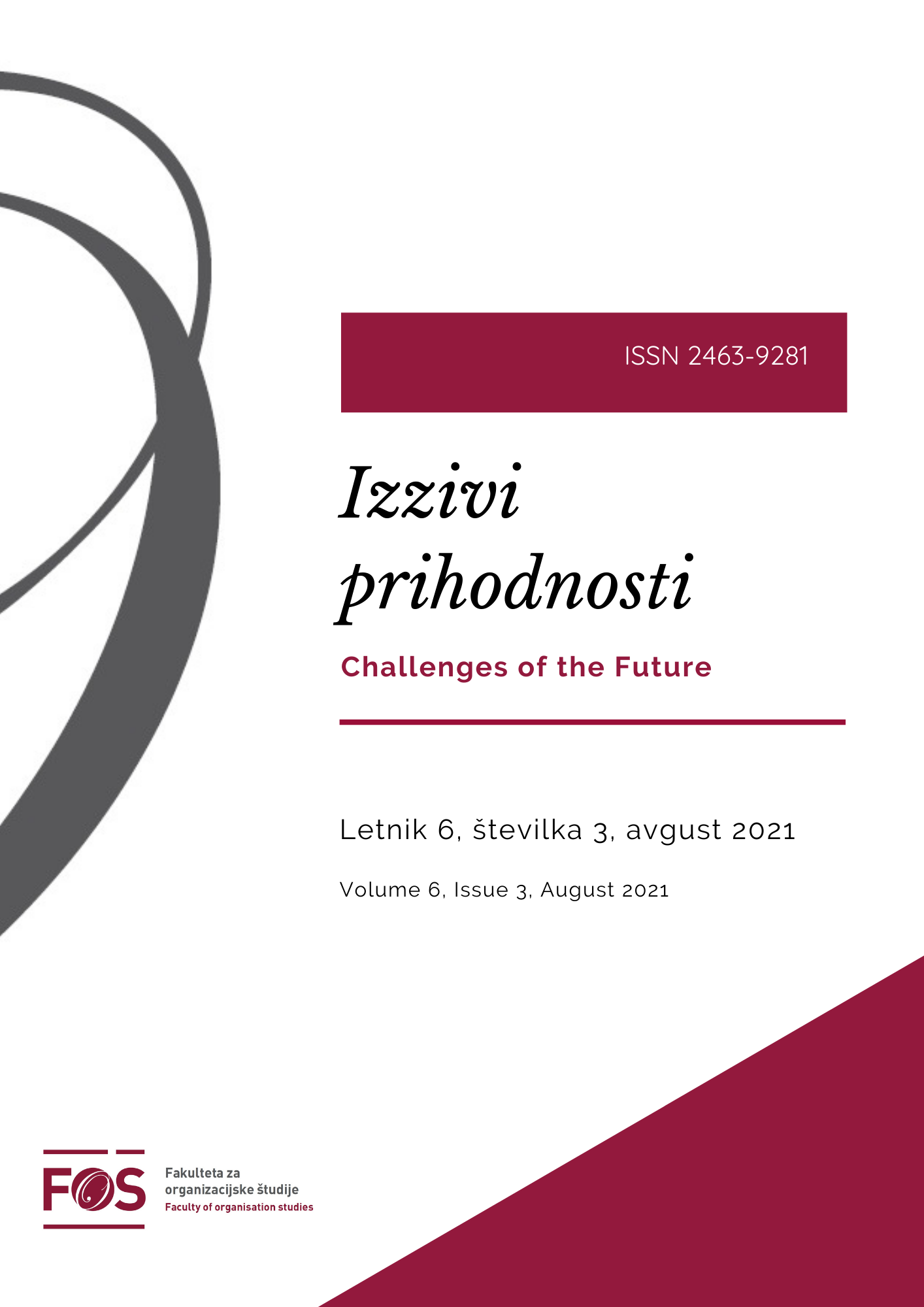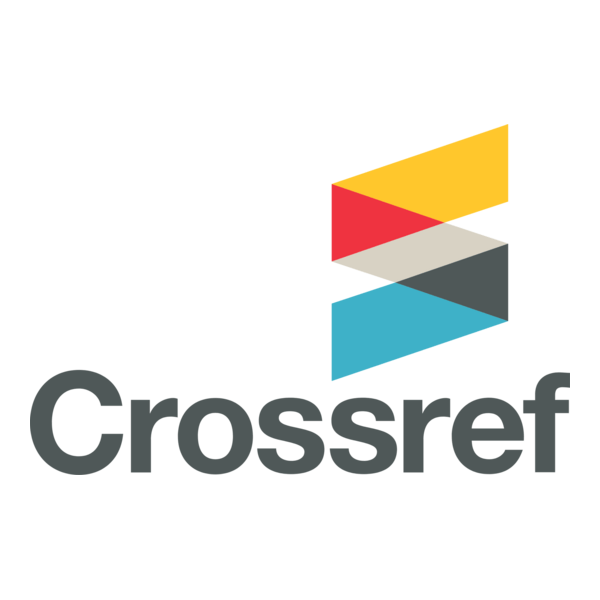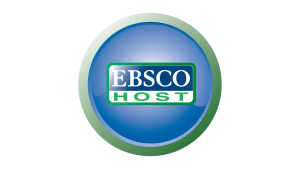The Objective Segmentation Process of Supplier or Product Groups Using the Kraljic Matrix
Keywords:
strategy, purchase function, Kraljic Matrix, segmentation, suppliers, product groupsAbstract
Background and originality: Contemporary purchasing employs methods and procedures that comprehensively enhances the competitive advantages of the organisation with their strategically oriented management. The first step in the process of designing an efficient purchasing strategy is the segmentation of suppliers or product groups according to the method Kraljic Matrix. Assuming that different situations require different activities and that the process of segmentation of suppliers or product groups is subjectively oriented, we conclude that the result of generalised segmentation leads to passive purchasing behaviour. From this point of view, we have developed a scientific research question: "What actually is an effective objective segmentation process of suppliers or product groups"? The main objective is to gain an understanding of the Kraljic Matrix and the segmentation process and to obtain key guidelines for developing an effective and objective segmentation process.
Method: In the first part of this scientific investigation, the existing literature on the topic Kraljic Matrix is studied in order to gain an understanding of the segmentation process of suppliers or product groups. In continuation, selected experts are interviewed to give their opinion on this topic and discuss the implementation of the Kraljic Matrix in practice. In a final step, we used a qualitative thematic network analysis tool based on the scope of the literature reviewed and the interviews conducted with three experts.
Results: The results show the process of developing a thematic network based on the literature reviewed and a case study of the objective segmentation process of suppliers or product groups using semi-structured interviews.
Society: Society as a whole is gaining a common organisational understanding that encompasses concepts such as sustainability, environment, society, culture, and progress. The indirect impact on the organisation is seen in lower purchase prices, a reduction in overall costs, a reduction in supply chain risk and significant innovations in the supply market.
Limitations / further research: This research is limited to the cited literature sources and a small number of interview participants. We recommend continuing the research by examining a broader range of existing literature and conducting a fully structured interview with a larger and/or homogeneous group of respondents.
Additional Files
Published
How to Cite
Issue
Section
License

This work is licensed under a Creative Commons Attribution-ShareAlike 4.0 International License.
![]()








